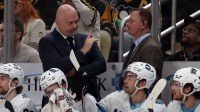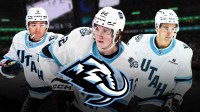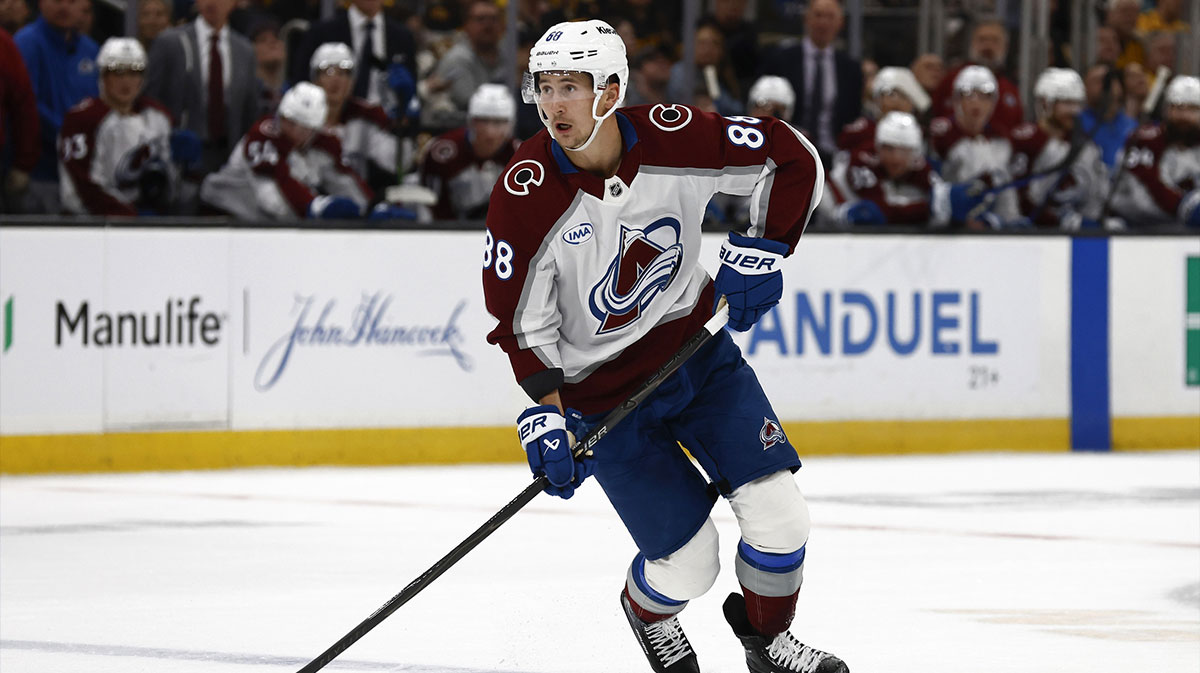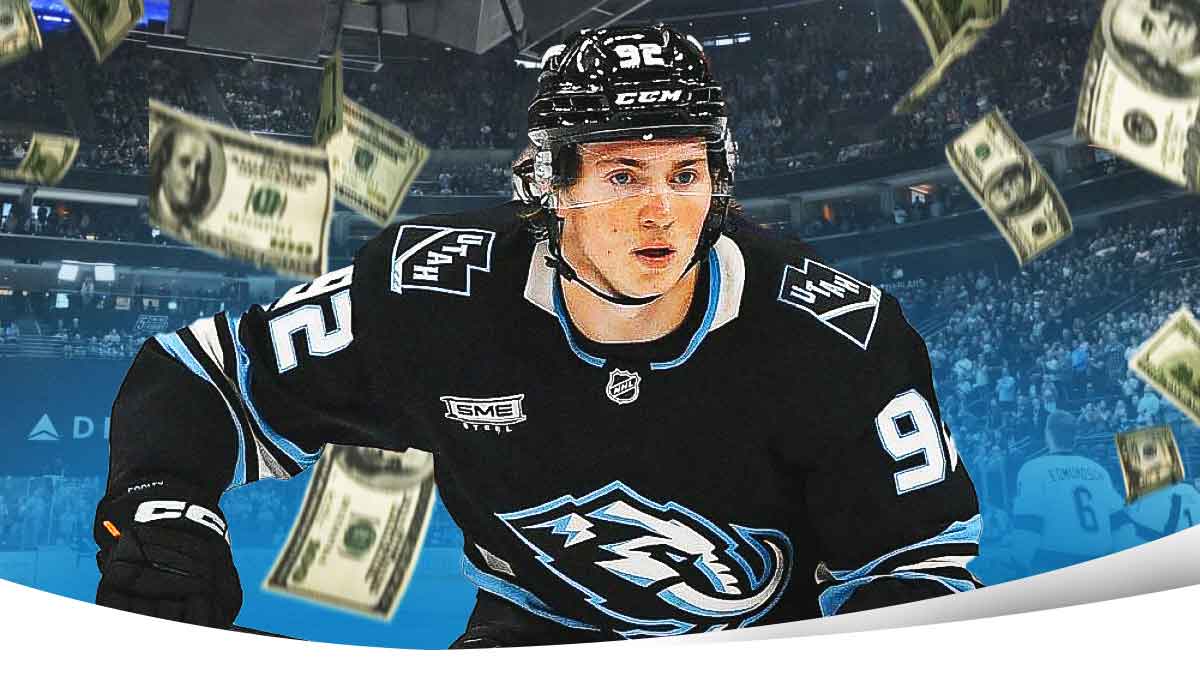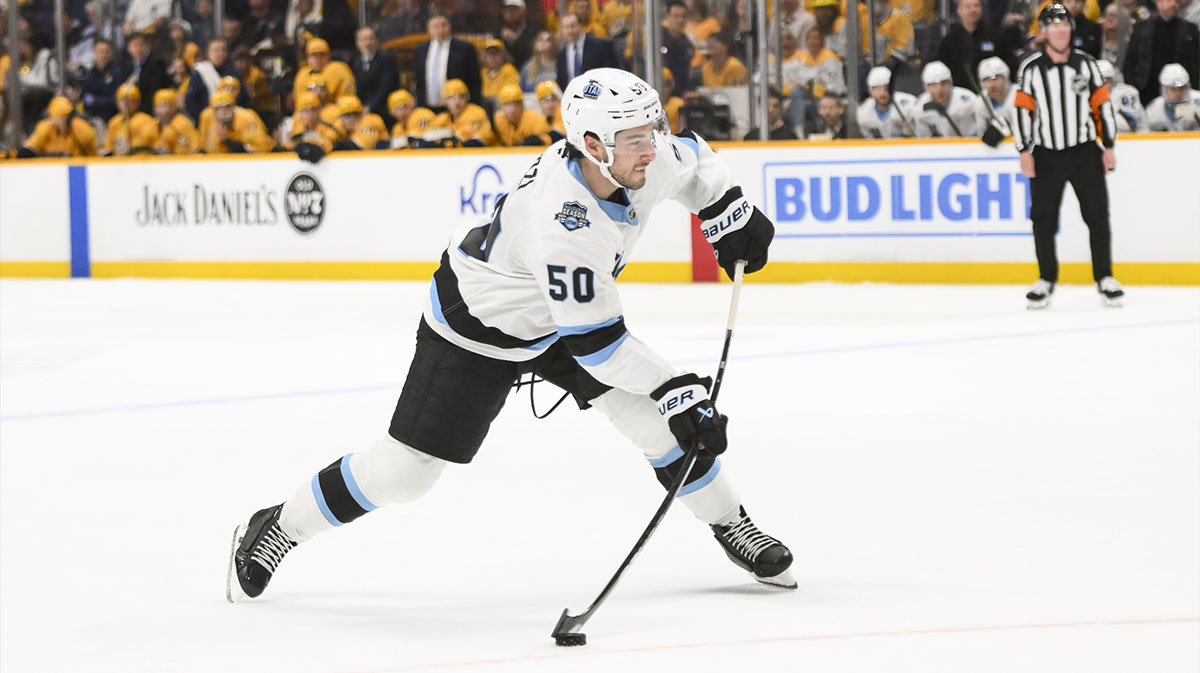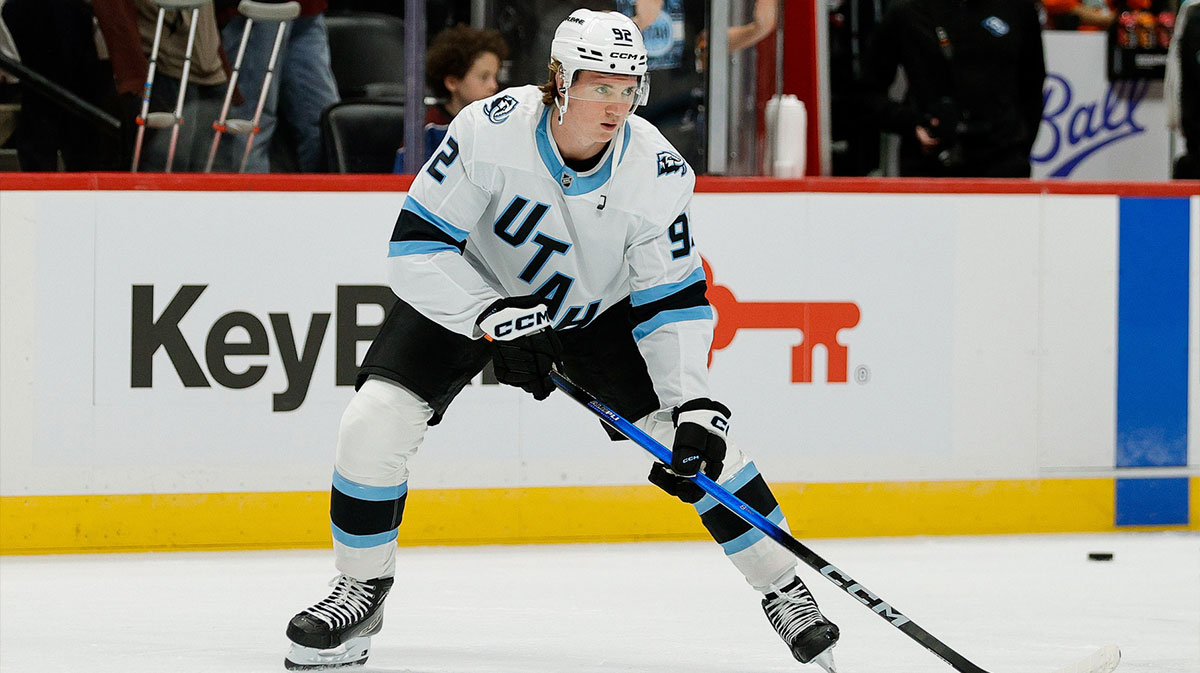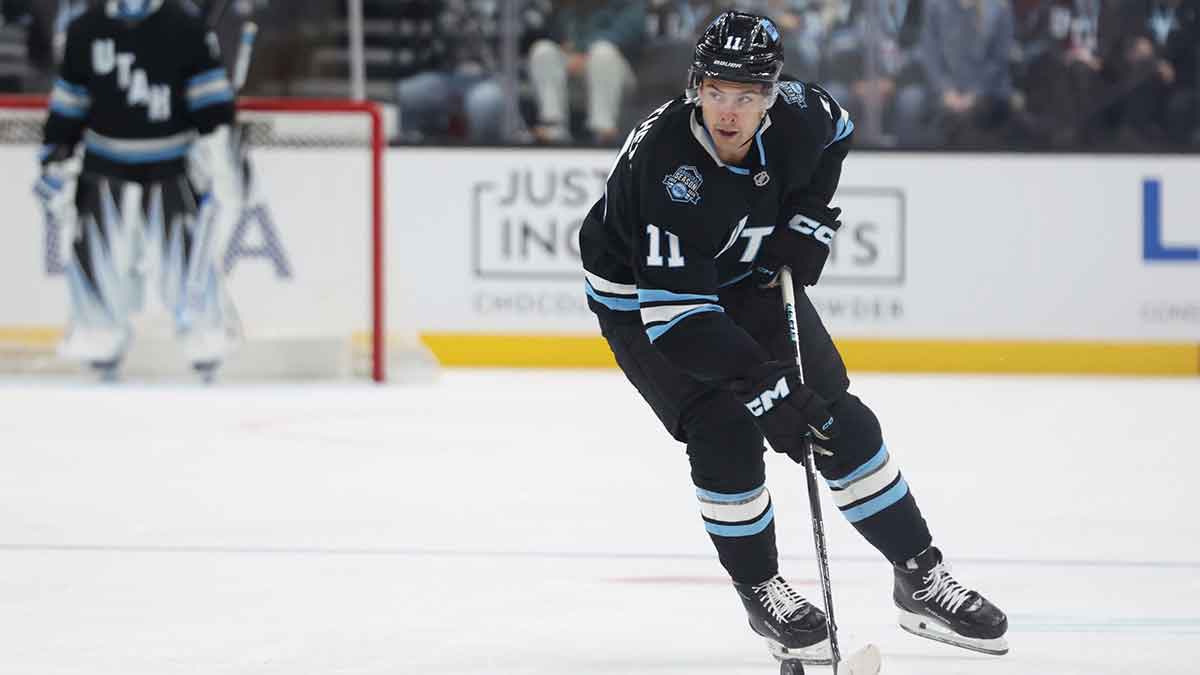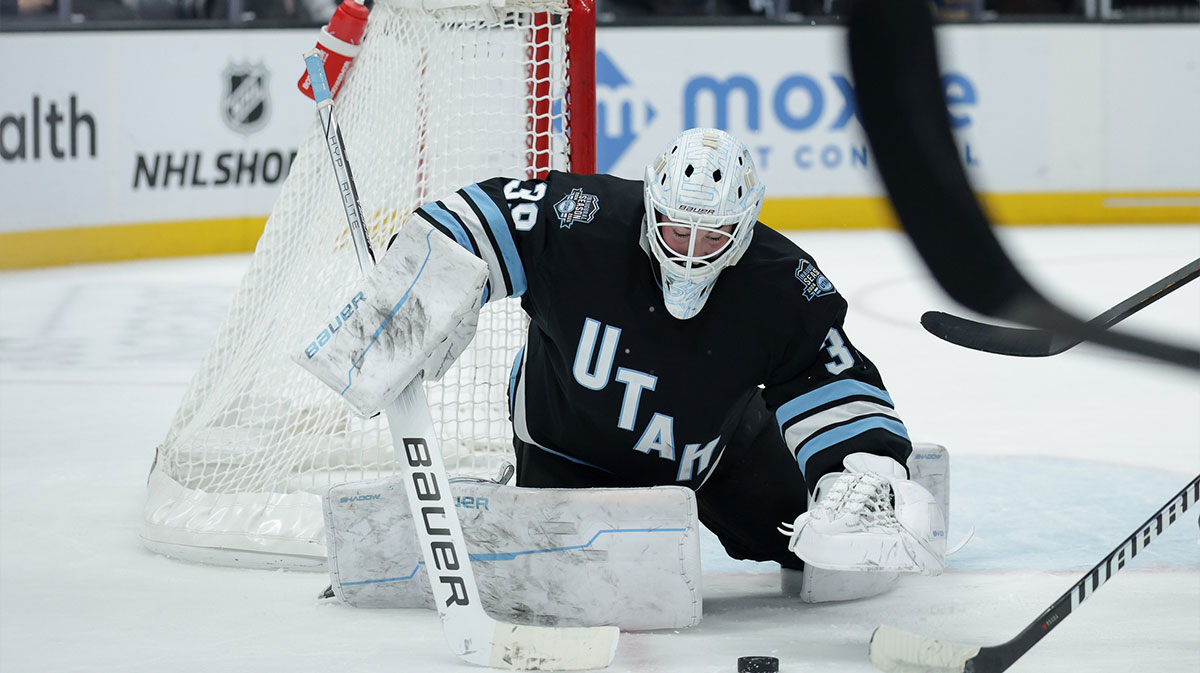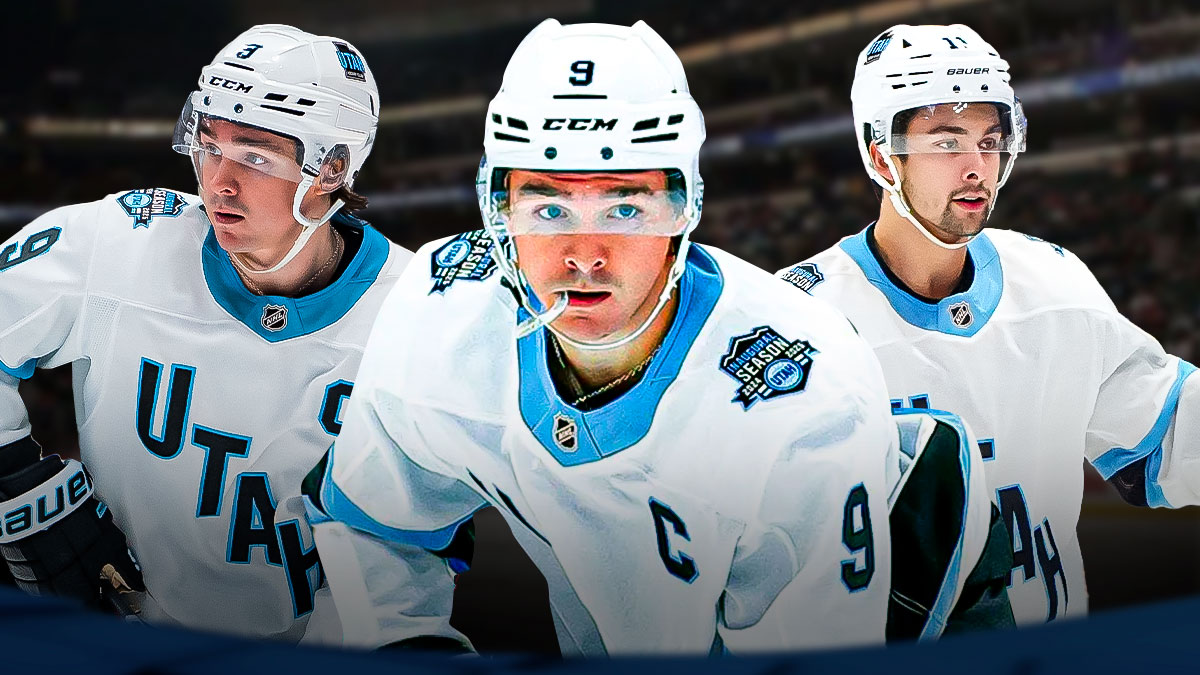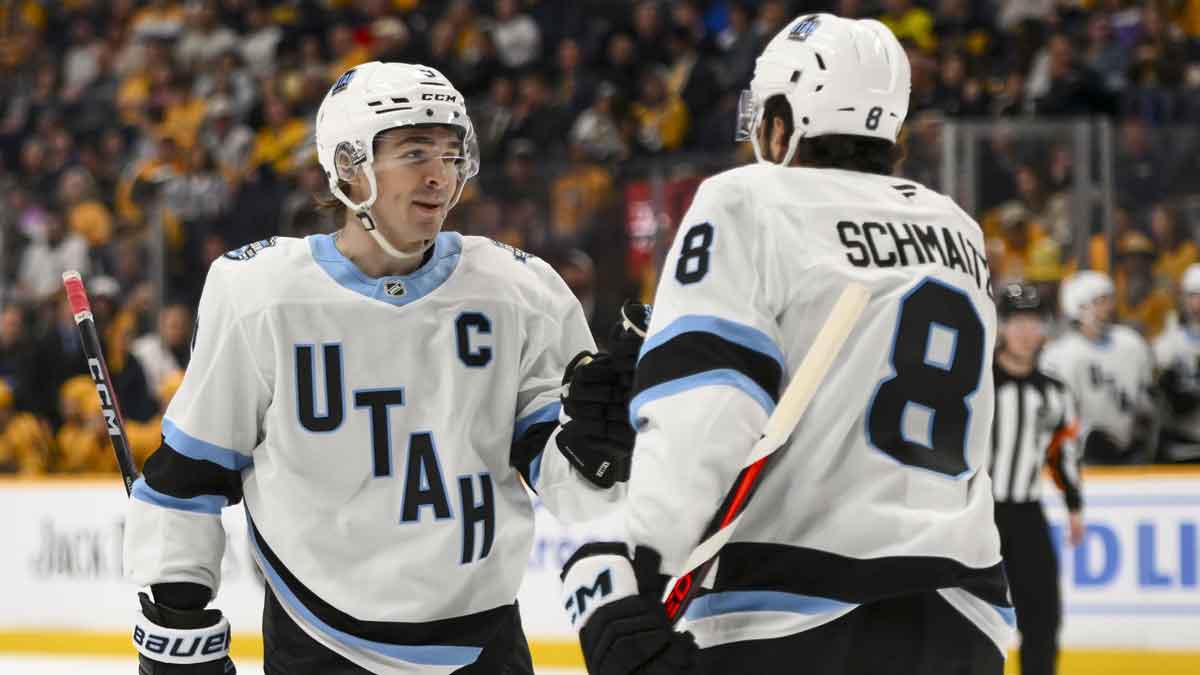The Utah Hockey Club just rebranded to the Utah Mammoth after their first season in Salt Lake City. It was a successful first season in Utah, finishing at 38-31-13, and just seven points out of a playoff spot. The Mammoth have a bright future, with most of its core signed and many of them under the age of 30. Further, they have a solid amount of cap space, plus good draft capital. Still, one bad offseason can derail hope for a franchise. We look at the nightmare scenario for the Mammoth in this 2025 NHL Free Agency period.
While the Mammoth is technically a new franchise after acquiring the hockey assets from the Arizona Coyotes last offseason, the core of this franchise goes back to the days in Arizona. They are coming off their best season since the 2019-20 season, when they made it to the playoffs, losing in the first round. Utah is also in a great situation to make a run at the playoffs next year. They have just five free agents this offseason, with four of them being unrestricted. Of the four forwards who are free agents, Jack McBain was the most productive, playing in 82 games, scoring 13 goals, and adding 14 assists. That placed him 10th on the team in points this past year.
The Mammoth are also projected to have over $21 million in cap space. Still, they have plenty of needs this offseason. They need to replace a veteran presence, while also taking care of their young core and preparing for the upcoming NHL draft.
The Mammoth fail to add an experienced veteran
Utah needs a new veteran presence from their forwards, especially one who has playoff experience. First, they will be losing their major veteran presence from their forward lines as Nick Bjugstad is an unrestricted free agent. He has played 760 games in his 12 full seasons in the NHL. Bringing back Bjugstad is not the best option. He had just 19 points in 66 games, and they need to increase production.
Without Bjugstad, Alex Kerfoot becomes the most experienced player among the forwards with 605 regular-season games of experience. Still, he has just 48 games of postseason experience, with most of them coming with the Toronto Maple Leafs.
When it comes to postseason experience, Mikhail Sergachev leads the way there, playing in 100 career playoff games and winning the Stanley Cup twice. Still, he plays from the blue line. The Mammoth needs a player who can bring a veteran presence to the team, while also having playoff experience, and can also lead from one of the top two lines with the rest of the young core of players.
A great solution would be John Tavares. He has played 16 years and has over 75 games of playoff experience. Further, his contract will not be very long and would cost just under $8 million per year. This gives Utah future cap flexibility while the young players learn from Tavares. Utah could go after a player like Sam Bennett, who would bring in great playoff experience, but is going to cost more and will require a longer contract. This could hamper the cap flexibility when Utah goes to re-sign players like Nick Schmaltz or Clayton Keller in the years to come. The Mammoth cannot stand pat with their forwards, but if they overextend on a player, they could damage their future as well.
Utah ignores its young core
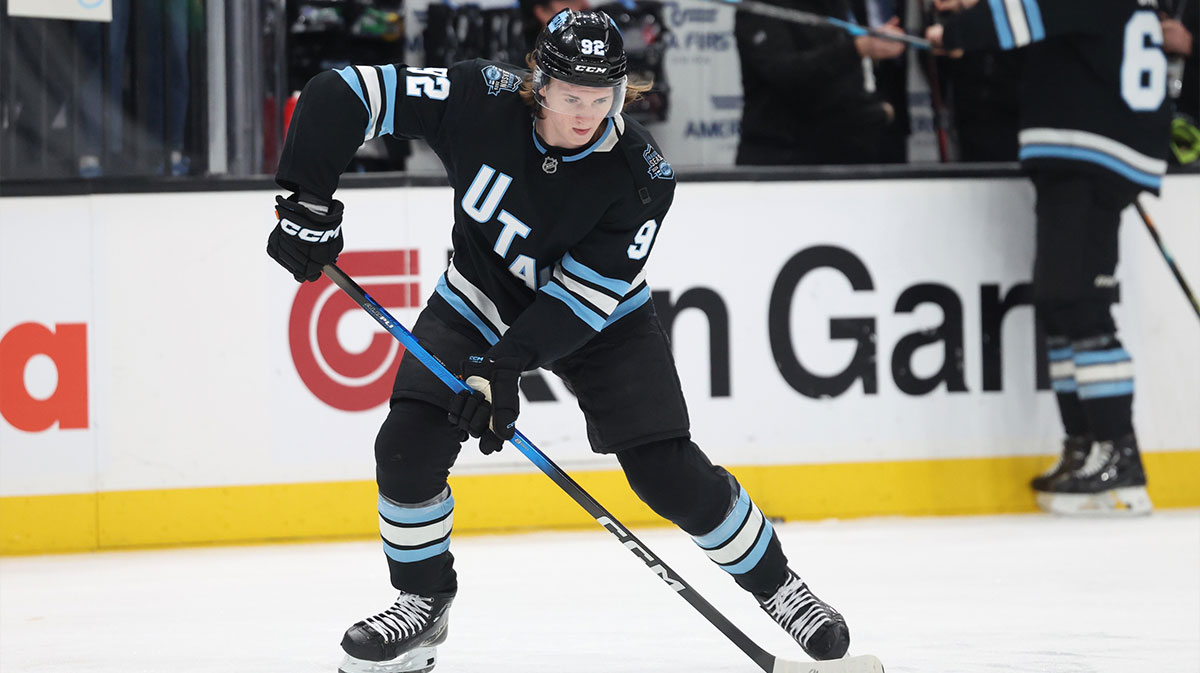
One of the major strengths of the Mammoth is their young core of players. At the end of the season, it was Keller, Logan Cooley, and Dylan Guenther leading the top line. They bring back Schmaltz and Barrett Hayton to lead the second line. These five players were all in the top six of point production for Utah last year, with the other player in the top six being Sergachev. Further, only Schmaltz will be turning 30 this year, with the rest of the group being under the age of 27. The Mammoth also have all five of these players under contract this upcoming season.
Schmaltz is set to become an unrestricted free agent at the end of this upcoming season. Still, Utah has Hayton and Cooley set to be restricted free agents at the end of next year. Hayton will be turning 26 during the next offseason and is coming off a solid year. He scored 20 goals and added 26 assists this past year, both career highs. While he missed time in the 2023-24 season, his last two full seasons have seen him put up over 40 points in both. He is becoming a reliable second-line forward, and he is currently projected to need a five-year $6.2 million AAV contract. The Mammoth currently can afford this, but would struggle with the cap if the price went up.
Meanwhile, failing to start working on a new contract for Cooley this offseason would be a disaster. He will cost between $6.2 million and $8.7 million, depending on the length of his next contract. He was second on the team in points this year and made a major improvement over his rookie season. Another big jump in production could make his contract difficult to re-sign if the Mammoth wait too long.
Mammoth lose their draft capital
The Mammoth have the fourth pick in the NHL Draft this year. Utah is also one of just a handful of teams that have enough draft capital to sign any restricted free agent to an offer sheet. Still, doing that would mortgage their future, and is not something they should entertain lightly. There are players such as Evan Bouchard, Luke Hughes, Matthew Knies, Marco Rossi, and Gabriel Vilardi, all available. Still, most of these players would require a loss of at least a first and a third-round pick to make the move. The Mammoth have three second-round and two third-round picks in 2026. Regardless, mortgaging draft capital to bank on the potential of a young player would not be smart.
Utah already has a young core that needs to be brought back, plus they have solid draft capital this year to expand that core. Bringing in a restricted free agent only expands the young core, but at a cost. Utah would be better served using their cap space on a veteran presence and keeping their young players together, rather than going all-in for a player that may not work out.
Overall, Utah is in a very solid spot. They can make a push for a playoff spot in 2025-26, and will continue to improve in the future. The worst case for them is failing to address a need to push them into the playoffs, but also hurting their future by making bad decisions this summer.





